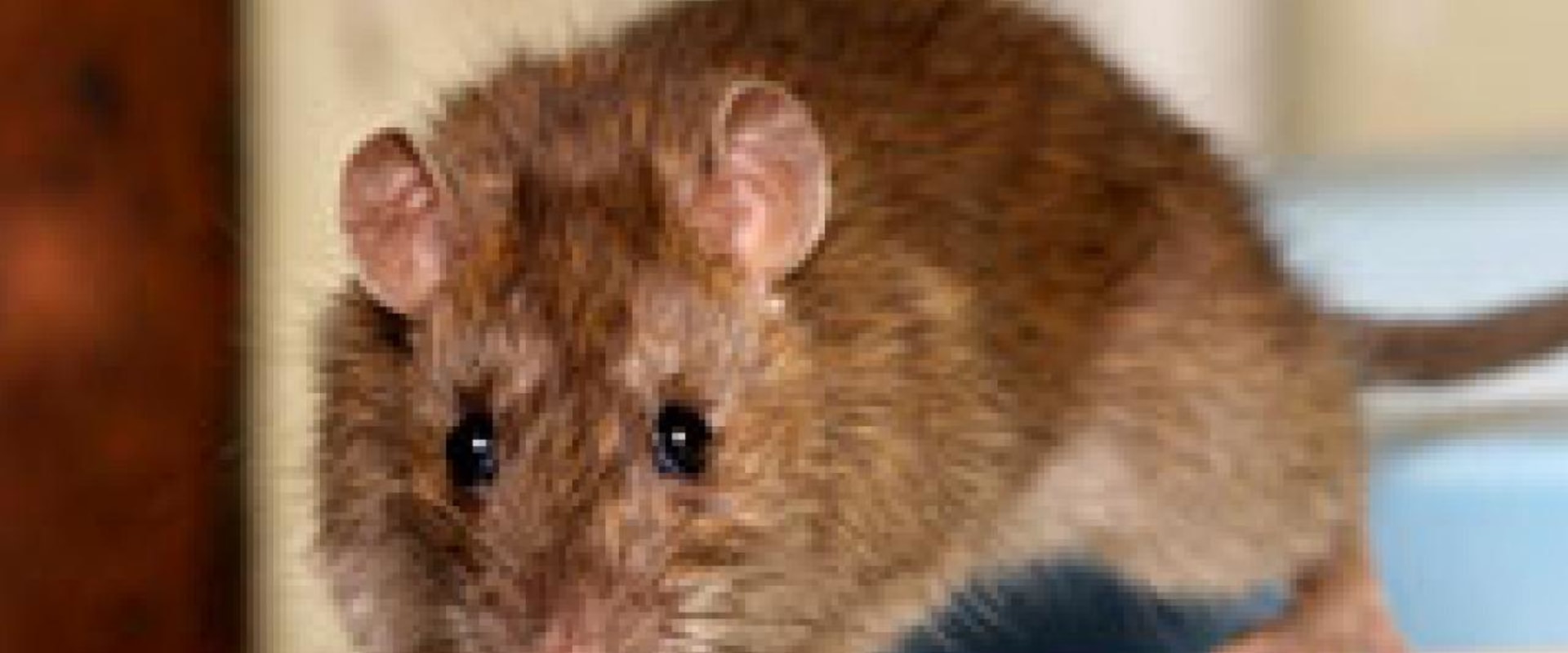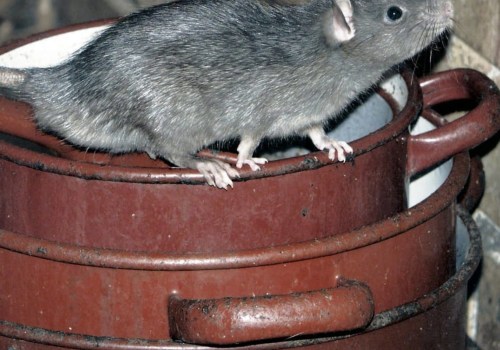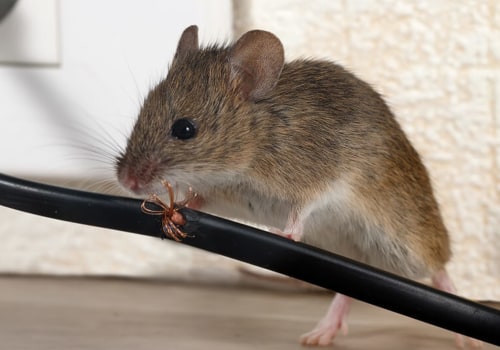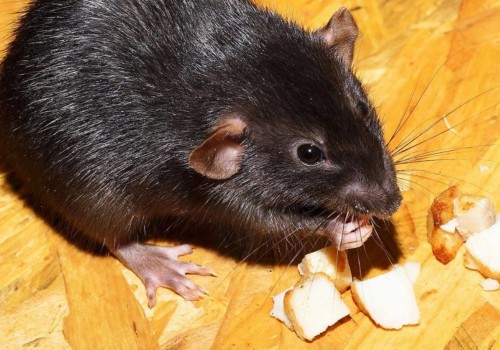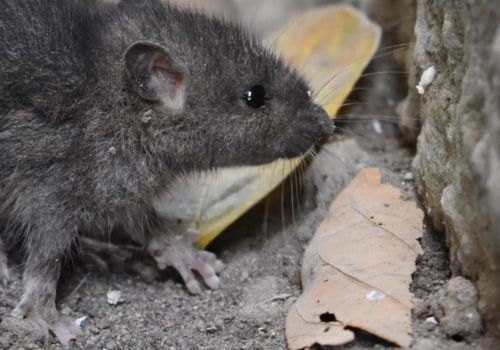Dealing with a rodent infestation can be stressful and unsettling, especially when you're unsure if the problem has truly been resolved. Whether you’ve set traps, sealed entry points, or brought in professionals, confirming that a rodent is truly gone involves more than just a few quiet nights. Rodents are stealthy, adaptable creatures, and knowing how to recognize the absence of their activity is crucial to ensuring your home is safe, clean, and secure. Fortunately, there are clear signs and steps you can take to determine whether your rodent troubles are behind you—or if more work still lies ahead.
No More Noises in the Walls or Ceiling
One of the first clues homeowners notice during a rodent infestation is strange sounds—scratching, scurrying, or squeaking—especially at night when rodents are most active. Once those noises stop, it’s a good sign that the intruders may be gone. However, be patient and observant. Wait several days to a week to confirm silence, and consider different times of the day to be sure, as rodents can change their activity schedule depending on disturbances or access to food.
Droppings Disappear and Don’t Reappear
Rodent droppings are one of the clearest indicators of an infestation. Fresh droppings are typically moist and dark, whereas older ones are dry and crumbly. If you've cleaned up droppings and find that none reappear in the same areas, it's a strong sign that the rodents are no longer present. Be sure to inspect typical rodent pathways like under sinks, behind appliances, inside cabinets, and along baseboards. Persistent droppings in any area may suggest that you still have unwanted guests.
No Signs of Nesting Materials or Chew Marks
Rodents build nests using shredded paper, fabric, or insulation. Check common nesting areas like attics, garages, and behind furniture for signs of these materials. Once a rodent is gone, no new nests or chewed-up debris should appear. Likewise, check for new gnaw marks on food packaging, baseboards, or wiring. An absence of fresh damage is a good indication that the rodent activity has ceased. If you're still seeing evidence of chewing, it might be time for further intervention.
Odors Fade Over Time
Rodents leave behind urine trails and pheromones that can emit a musty, unpleasant odor. After cleaning the affected areas, that smell should fade. If a strong odor persists or worsens, it may indicate the presence of an active nest or, in unfortunate cases, a dead rodent trapped in walls or hard-to-reach places. Monitoring the smell is a less obvious, but important, method of confirming whether the issue has been resolved.
Trap and Monitor Techniques
A reliable way to verify a rodent-free space is by using monitoring traps. Set a few snap traps or live traps in key areas where activity was once detected. If after a week or two there is no activity, chances are high the rodents are gone. At this point, you can begin focusing on preventive measures, like sealing entry points and keeping food in airtight containers.
When in Doubt, Call a Professional
If you're uncertain whether the rodents are truly gone or if signs of activity persist, calling in experts is a wise move. For example, pest control in Reno, NV offers comprehensive inspections and long-term solutions tailored to the local environment and rodent species. Professional technicians can identify subtle signs that are easily missed and provide peace of mind with preventative treatments.
Conclusion: Confirming a Rodent-Free Home
Knowing that a rodent is truly gone comes down to consistent monitoring and a clear absence of activity. With no sounds, droppings, damage, or odors, and clean traps, you can confidently reclaim your space. And with proper prevention, you can help ensure they don’t return.
